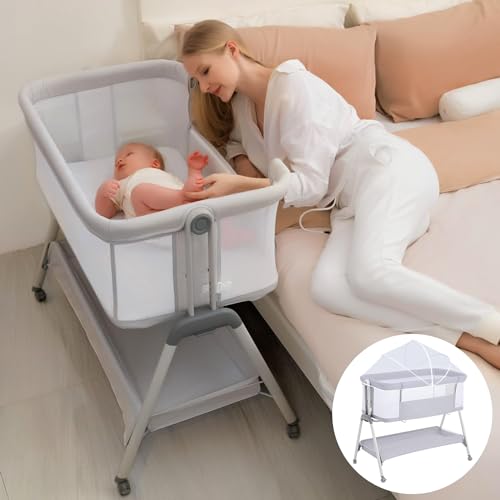How to Choose a Sale Cot
Mortuary cots are an essential piece of equipment for funeral homes and hospitals. They enable staff to safely and securely transport bodies. They also provide a dignified and comfortable resting area for the body.
COTS products are essential in the federal marketplace but they can be difficult to manage. This blog will examine how COTS can be integrated into GSA schedules and other rules for government procurement.
Cost-effectiveness

The use of commercial-off-the-shelf (COTS) products allows procurement agencies to gain efficiencies by purchasing items that are readily available from the marketplace. This reduces development time and lowers life-cycle costs. It allows procurement agencies to take advantage of the latest technology advancements and industrial experience.
It is crucial to keep in mind that COT definitions can be subjective, and different organizations may interpret COTS items in different ways. This can be a challenge for manufacturers who rely on a standard method of calculating accurate prices for government. Wholesalers and GPOs, for instance, usually have lists that are not the same as the list used by manufacturers to determine prices for government. A documented SOP and a COTS reference library are crucial elements in applying an effective and consistent methodology for determining COTs.
Reliability
The sale cot is a crucial purchase for mortuary facilities. It must be durable and durable enough to withstand heavy usage. It should be simple to transport, and also to set up. If there are any issues after purchase the manufacturer should provide excellent customer service. Also, consider the feedback of your staff before making the final decision. They will be the real users of the cots and will tell you about the durability and reliability of the cots.
similar web page and GPOs can assign COT designations that are not in line with the list of the manufacturer. This is due to various factors, including the changing of business models, mergers, and acquisition activity. This creates challenges for consistent application of an objective lens to the classification of COTS.
Durability
Durability is key for sale cots as they need to be able stand up to frequent and heavy transport. Funeral homes often use these cots to display the body remains, therefore they need to be able to support the weight of the casket as well as other items that are placed on top of them. Cots must also be resistant to corrosion and have a stable structure that is easy to put together and disassemble. It is important to choose a business that offers customer service and is able to assist with any issues that could arise following the purchase.
Solid wood cots are the best option for furniture for babies because they're sturdy enough to last a long time, and less likely to contain harmful chemicals or toxic off-gassing unlike composite materials like MDF or chipboard. In addition, they're more attractive than cheaper alternatives.
The Westport design by Silver Cross is a great option for those who want a cot and lounge chair in one. It's constructed of sturdy material and comes with three different levels of height suitable for growing babies. The instructions can be confusing but once you've got it all figured out the cot will serve your family well.
The Helinox Cot One is the most lightweight cot on the market but it's not as durable as the other models we evaluated. It's also more complicated to assemble since it's made up of many components. But it's extremely comfortable and is a great choice for backpackers. It's also 14 oz lighter than the Thermarest Luxury Lite and Sleep Rite.
Safety
If you offer cots, it is important that they meet the safety standard. This is a crucial step to prevent child injuries and death. This can be accomplished by asking your supplier whether their products have been independently tested. Request that your supplier provide you with a copy of their test results. Alternately, you can conduct your own tests.
It's crucial to verify the safety of your cot before sleeping your child in it, regardless of whether it's new or used. You should look for a certification of compliance from the manufacturer, as well as informative labels and warnings. It should also be free from sharp edges, protrusions or gaps that could trap the child's leg or finger. Also, there should not be footholds that children can use to get out of the cot.
Make sure the mattress of a cot is flat and clean. It should be able to fit comfortably and without gaps. The bottom edge of the rail should not be more than 30mm from the base of the mattress. If the cot's base is adjustable, ensure that it is set to its lowest position.
Make sure that the slats and filler bars have been firmly secured, and do not have any tiny holes that could catch clothing. Nuts, bolts and corner posts must not protrude more than 5mm to prevent a child from getting their fingers caught. Also, make sure that the cot is away from draperies and blinds that can be grabbed by tiny hands.
Finally be sure to look for a label showing that the cot has been tested according to the required standards and is compliant with Australian Standards AS/NZS 2172:2003 Cots for use in households and safety requirements. This is the only guarantee that the cot is safe and suitable for sleeping. It is unlawful for retailers, antique stores and second-hand stores to sell antique cots without labels or certificates.
While the majority of designers and manufacturers work hard to ensure their products are safe, accidents can occur. Older cots used by older children may not be safe standards and may be a danger of suffocation or foreign body ingestion.
